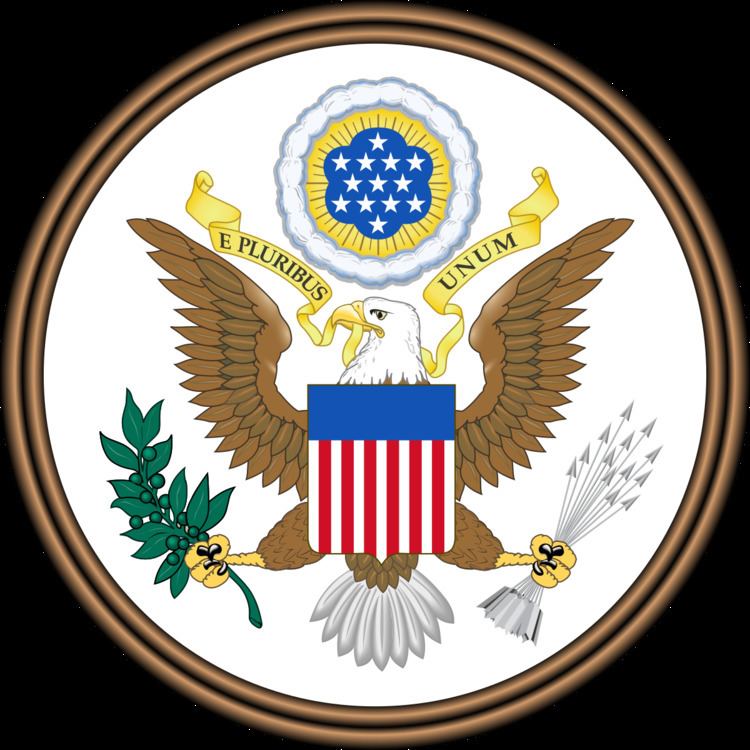Public law Pub.L. 104–130 | Statutes at Large 110 Stat. 1200 | |
 | ||
Long title An Act To give the President line item veto authority with respect to appropriations, new direct spending, and limited tax benefits. Similar Contract with America, Ten North Frederick, Profiles in Courage, The Imperial Presidency, Fort Pillow Massacre | ||
The Line Item Veto Act of 1996 Pub.L. 104–130 enacted a line-item veto for the Federal government of the United States, but its effect was brief due to judicial review.
Contents
Legislative history
The bill was introduced by Senator Bob Dole on January 4, 1995, cosponsored by Senator John McCain and 29 other senators. Related House Bills included H
Raines v. Byrd
It was immediately challenged in the United States District Court for the District of Columbia by a group of six senators, first among whom was Senator Robert Byrd (D-WV), where it was declared unconstitutional by District Judge Harry Jackson, a Reagan appointee, on April 10, 1997. The case was subsequently remanded by the Supreme Court of the United States with instructions to dismiss on the grounds that the senators had not suffered sufficient, particularized injury to maintain suit under Article III of the United States Constitution (i.e., the senators lacked standing). The case, Raines v. Byrd, 521 U.S. 811 (1997), was handed down on June 26, 1997, and did not include a judgment on the constitutional grounds of the law.
It was used against one provision of the Balanced Budget Act of 1997 and two provisions of the Taxpayer Relief Act of 1997 before being challenged again in two separate cases; one by the City of New York, two hospital associations, one hospital, and two health care unions; the other by a farmers' cooperative from Idaho and an individual member of the cooperative. Senators Byrd, Moynihan, Levin, and Hatfield again opposed the law, this time through Amicus curiæ briefs.
Clinton v. City of New York
Judge Thomas Hogan of the United States District Court for the District of Columbia combined the cases and declared the law unconstitutional on February 12, 1998. This ruling was subsequently affirmed on June 25, 1998 by a 6-3 decision of the Supreme Court of the United States in the case Clinton v. City of New York. Justices Breyer, Scalia, and O'Connor dissented. The ruling has been criticized by some legal scholars.
